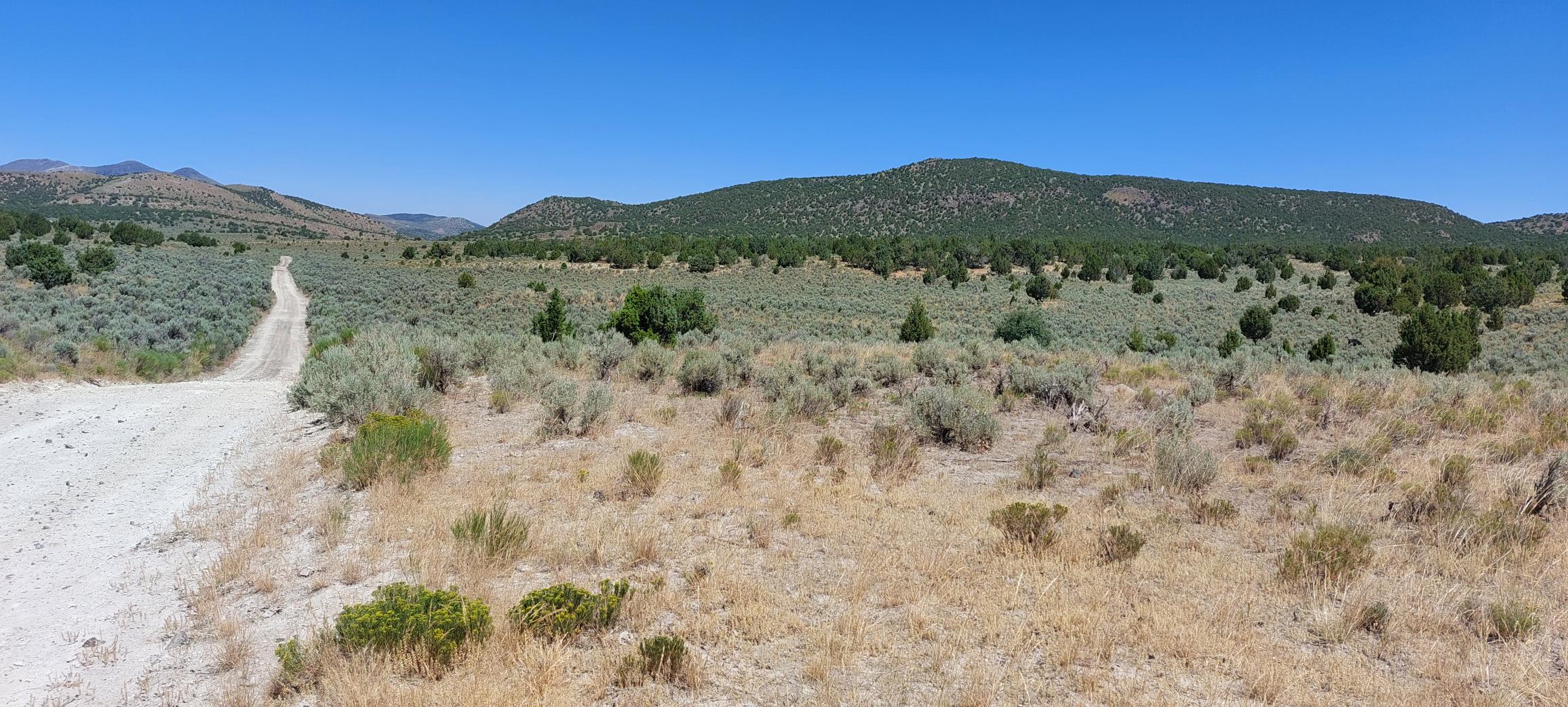ABOUT M3 METALS
M3 Metals Corp (TSX-V: MT; FSE: X0VP.F) is a leveraged, pure-play explorer and developer of high-grade lithium projects in Nevada and California.
Our unique business model at our flagship Texas Spring Project in northern Nevada leverages off the success of the adjoining Nevada North project, where a significant high-grade lithium discovery has been made by Surge Battery Metals.
Future exploration costs, including drilling, on Texas Spring are to be incurred by Surge as part of an earn-in agreement.
Notably, both projects are geologically analogous to Lithium Americas’ proximal $4 billion Thacker Pass deposit – which is expected to become an operating mine as early as 2025.


